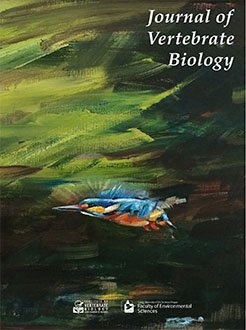Understanding the diets of predators, prey selection and their impact on prey populations is pivotal to investigations on the ecology of predator and prey species. In this study, we observed a hand-reared European otter (Lutra lutra) foraging in the wild, in order to identify the type of prey captured by the predator. The study was carried out between March and June 2001 in a diverse range of natural otter habitats in Białowieża Forest (NE Poland). We found that tadpoles represented an important part of the otter's diet in June, when their frequency of occurrence and biomass reached 38% and 11%, respectively. During spring, tadpoles were less common than other types of prey, such as adult amphibians, fish, or aquatic Coleoptera. Otter diet varied among months and there were differences in the main prey type captured among water body types. Our results highlight the need to develop methods that enable the identification of tadpoles and other cryptic seasonal food items in riparian predator diets.
How to translate text using browser tools
7 April 2020
Tadpoles in the diet of otters – an overlooked prey item in the diet of a riparian predator?
Karolina Zalewska,
Andrzej Zalewski,
Adam Wajrak,
Nuria Selva

Journal of Vertebrate Biology
Vol. 69 • No. 1
April 2020
Vol. 69 • No. 1
April 2020
amphibians
Lutra lutra
predator diet composition




